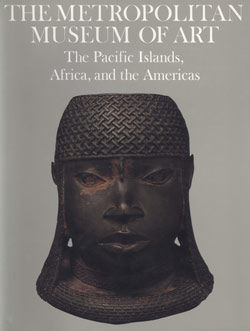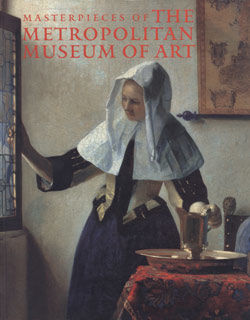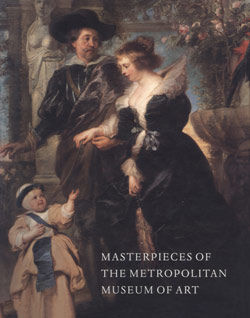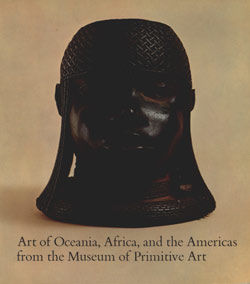Beete Mask: Ram (Bata)
Not on view
This ram, or "bata," mask is an example of the boldly designed reductive stylization of a highly inventive Kwele sculptor. The slitted almond-shaped eyes are set in a concave diamond face within a recessed heart-shaped frame. The face is whitened with kaolin and framed by the curved arcs of a pair of animal horns that emerge from the crown of the head and meet at the base of the chin. Working with a seemingly flat representation, the artist has skillfully drawn upon the use of alternating negative and positive spaces and faceted surfaces.
Known as "ekuk" or "things of the forest" this genre of mask act as intermediaries between the forest and the village. Additionally, the gentle curving horns of the "bata" mask are understood to be a metaphor for the cosmic unification of those two realms. Though their dance is characterized as human, "ekuk" have fantastical attributes: trunks, beaks, or horns. Often painted white, a color the Kwele associate with light and clarity the "ekuk" are portrayed as possessing the clairvoyance necessary to fight witchcraft.
In Kwele villages rituals known as "beete" are enacted at times of crisis in order to mobilize the powers of the ancestors. The skulls of important deceased family members are preserved to combat the negative forces that threatened to destroy a community with famine, disease, or war. "Beete" is a multiple-day festivity, which culminates in the communal consumption of a medicinal stew, which has been activated by the "heat" of the dancing and singing of the "ekuk" masks and villagers.
Due to rights restrictions, this image cannot be enlarged, viewed at full screen, or downloaded.





